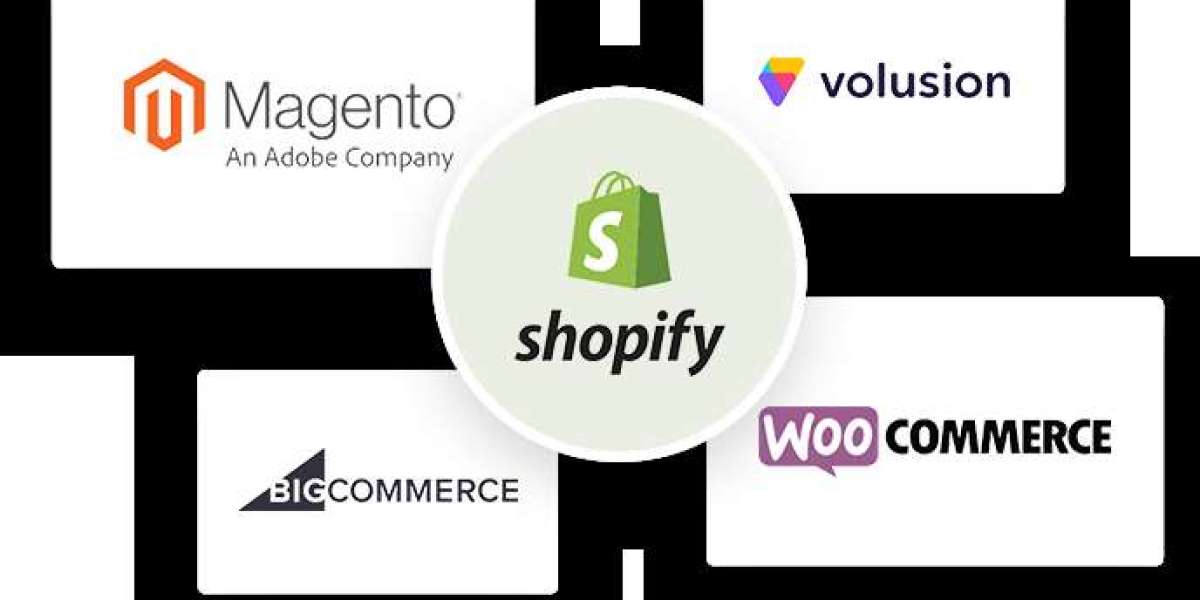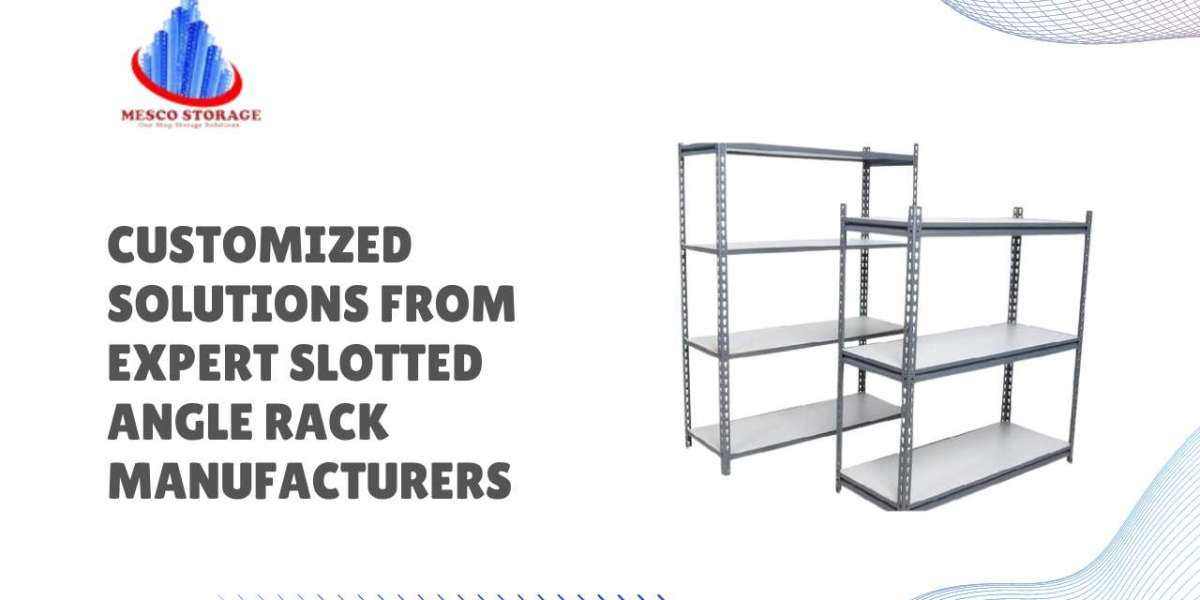Shopify migration
Shopify migration is like moving your online store from one place to another, but specifically to Shopify. It means taking all your products, customer info, orders, and settings and putting them into Shopify so you can run your store there.
It's like changing your store's home to Shopify because it has good tools and features for selling stuff online. It's a careful process to make sure everything works well and you don't lose any important stuff from your store.
Shopify Migration Overview
Shopify is a popular platform for online stores because it has lots of helpful tools. When businesses want to move their online store to Shopify, it's called Shopify migration. This is important because it helps businesses improve their online store, make things easier to manage, and use all the great features Shopify offers. In this guide, we'll talk about Shopify migration in detail, why it's important, the steps involved, things that can be tricky, and the good things that come from doing it.
Understanding Shopify Migration
Shopify migration is like moving your online store from where it is now to Shopify. It means moving important things like what you're selling, who your customers are, what they've bought before, and how your website looks and works. The aim is to make this move smooth, so your store keeps running well on Shopify, which is easy to use and has lots of great tools for selling online.
Key Steps in Shopify Migration
Assessment and Planning: First, we look at how your current online store is set up, what kind of data it has, and how it works. This helps us figure out what needs to move to Shopify, what tools we need, and what we want the new Shopify store to achieve.
Data Preparation: Then, we get everything ready for the move. We clean up the data, organize product info neatly, make sure everything is accurate, and back up everything so we don't lose anything during the move.
Platform Setup: Setting up Shopify involves creating an account, picking the right Shopify plan, choosing a web address (domain name), and setting up things like money options, shipping, and taxes.
Data Migration: This is where we actually move all the data from your old store to Shopify. We might use special tools, computer programs (APIs), or just enter the data by hand, depending on how much stuff there is and how complex it is.
Design and Customization: After moving data, we make your new Shopify store look and work the way you want. We pick a design style (theme), arrange how things look, add your brand's look, and make sure it works well on phones and tablets too.
Testing and Quality Check: We test everything thoroughly to make sure your new store works right. This includes checking products, how payments work, how orders are handled, and how it looks on different devices.
Launch and Making It Even Better: Once everything is tested and works well, we launch your Shopify store. Then, we fine-tune things to make it even better for search engines (SEO), set up marketing tools, add extra features using other apps, and keep an eye on how it's doing using different measures.
Challenges and Considerations
While moving to Shopify has lots of good points, there are also challenges that businesses need to think about:
Getting Data Right: Making sure data moves accurately and stays correct during the move is really important to avoid mistakes in your new Shopify store.
SEO Changes: Moving to Shopify can affect how well your store shows up in search engines. You'll need to plan carefully and do things like setting up redirects and using the right words on your site to keep showing up well in searches.
Making It Yours: Making your new Shopify store look and work like your old one might need extra work, like adding special features or connecting with other apps or services.
Teaching Everyone: It's important to teach your team and anyone using the new Shopify store how it works. This helps everyone use it well and keeps things running smoothly.
Benefits of Shopify Migration
Scalability: Shopify is great for businesses of all sizes, whether you’re just starting or already big. You can begin with a small setup and as your business grows, Shopify grows with you. This means you don’t have to stress about technical stuff or changing how your store works as you get bigger.
It’s perfect for reaching more customers and growing your business online without any extra headaches Whether you’re just starting or have a booming business, Shopify can handle it. You can start small and expand without any headaches.
User-Friendly Interface: Shopify is so successful mainly because it’s easy to use. Everything about it is made to be simple and easy to understand, even if you’re not a tech expert. Whether you’re putting up your store, adding stuff to sell, dealing with orders, or making your store look cool, Shopify makes it all super easy. It’s like they designed it just for people who aren’t computer wizard.
Security and Reliability: Keeping your online store safe is really important, and Shopify does a great job of it. They use special tech like SSL certificates to protect your data and follow strict rules for handling payments safely. This makes customers trust your store more, which means more sales and a good reputation for you. Plus, Shopify keeps your store running smoothly all the time, making it a reliable choice for businesses.
Strong Support and Resources: Shopify migration is great at helping you out whenever you need it. They have a team ready to chat, email, or talk on the phone with you 24/7, so you never feel stuck. They also have lots of guides and videos to teach you how to do stuff, and a community where you can ask questions and learn from other store owners. It’s like having a helpful friend always there for you when you need it.
Conclusion
In conclusion, switching to Shopify is a smart move that can really boost a business's online store. By knowing the important steps, challenges, and benefits of moving to Shopify, businesses can do it well and make their online store even better.
Shopify offers lots of great things like being able to grow easily, having lots of tools, being easy to use, keeping things safe, and having support when needed. This helps businesses run smoothly, serve customers better, and stay competitive online.






